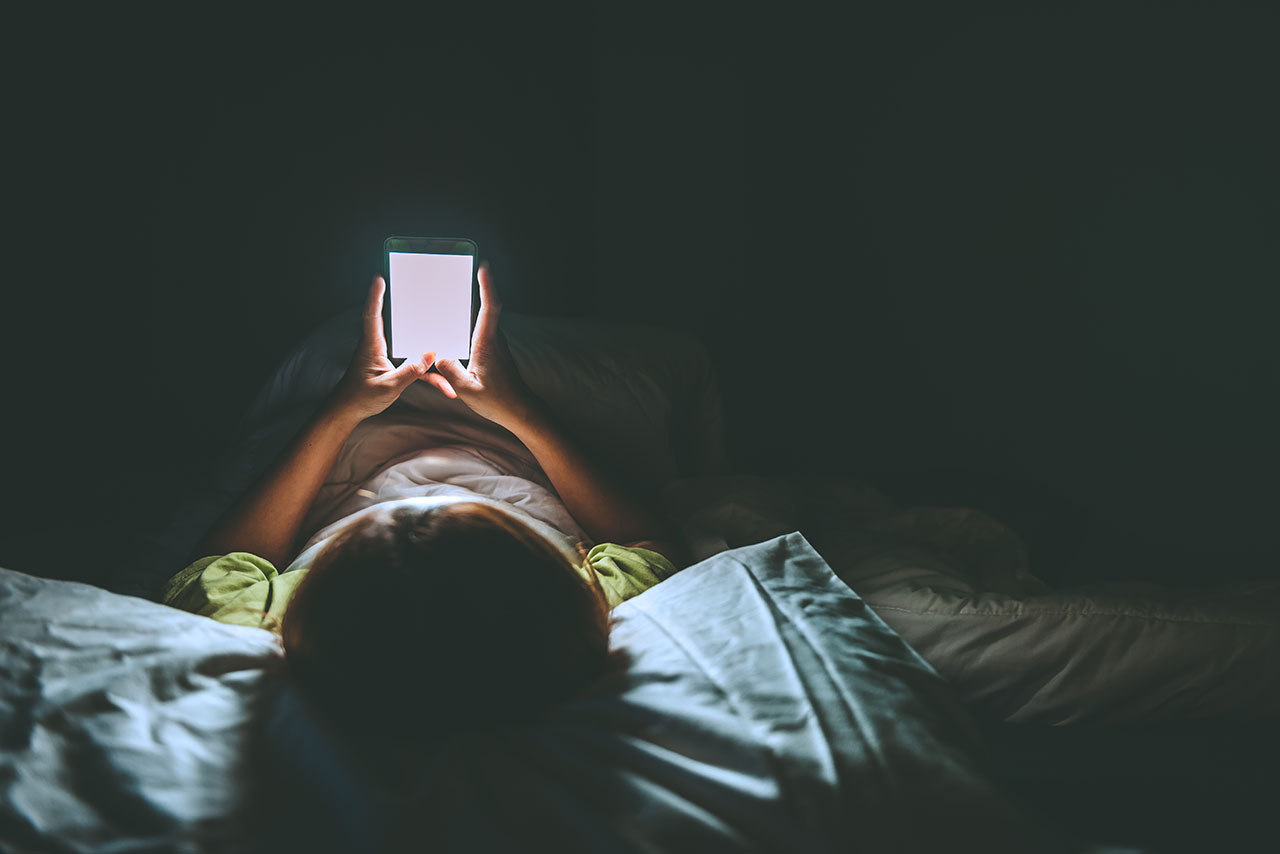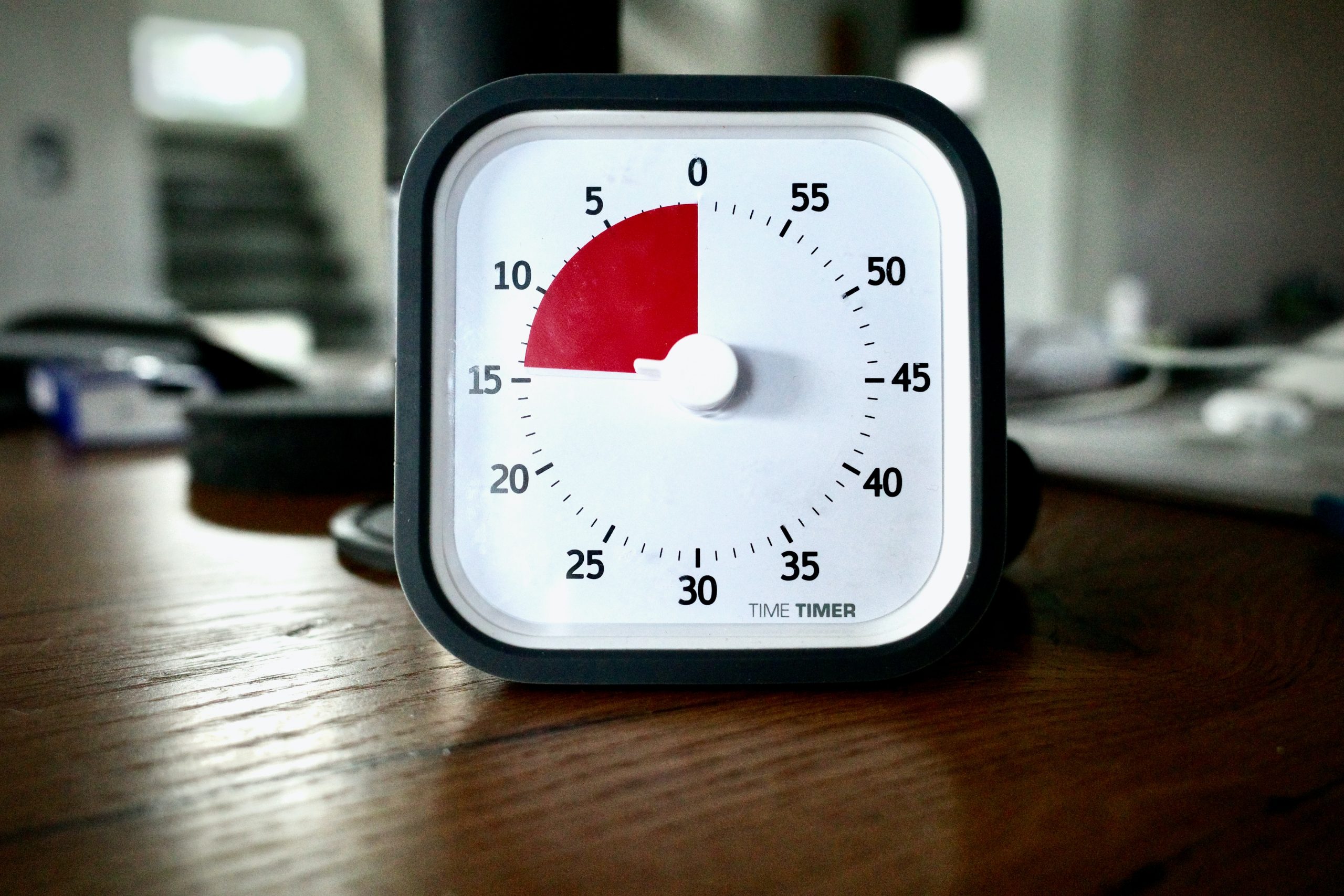Smartphones have taken over our lives.
If current trends continue, we will soon be wearing them on our faces for convenience and eventually may even merge with the digital machines that captivate our attention for so much of our days.
In just a few years, smartphones have led to a massive drop in attention spans and the rise of a psychological phenomenon of continuous partial attention, where most people struggle to pay attention for long periods of time.
Given that the knowledge-based economy requires exactly this kind of focused concentration on cognitively demanding tasks for long periods of time, smartphone addiction is both a threat to our career and personal satisfaction.
Enjoy these mind-blowing statistics about just how much we are using our smartphones in 2023…
How Much Do We Use Our Smartphones:
Here’s how much smartphones have come to dominate our leisure time.
1. The average adult in the United States will spend 3 hours, 43 minutes per day on their mobile devices last year (just above the 3 hours, 35 minutes spent watching TV).
2. The average American now spends 60 hours on screens per week including television, smartphones and computer use at home and at work.
– Neilsen U.S. Digital Consumer Report
3. The typical smartphone user checks their smartphone every 12 minutes from when they wake up until they go to sleep. For young people below the age of 21, they check their phone every 8.6 minutes.
– A Decade of Digital Dependency Study
4. 40% of adults look at their phone within five minutes of waking up, rising to 65% of those aged under 35. And 37% of adults check their phones just before switching off the lights for bed, increasing to 60% for those under 35.
– A Decade of Digital Dependency Study
5. The average smartphone user will tap, swipe, click their smartphone 2,617 times a day while the top 10% do this about 5,427 times a day.
– Dscout’s Mobile Touches Report
6. 1 in 3 mobile owners would rather give up sex than their phones.
7. 72% of regular smartphone users state that there is very little chance that they will ever move 5 feet away from their smartphone because if they do they will start feeling anxious.
8. Young people who gave give up their smartphones performed worse on mental tasks when they were in “withdrawal,” and felt physiological symptoms, like increased heart rate and blood pressure. They also felt a sense of loss, or lessening, of their extended self—their phones.
9. The number of mobile phone users worldwide is 5.1 billion, with 3.2 billion regularly using social media.
10. More than half of teens (54%) say they spend too much time on their cellphones, and 41% say they overdo it on social media.
11. The average American adult checks social media 17 times each day.
12. It is estimated that 40% of the American population is addicted to their smartphones. On top of this, 58% of men and 47% of women suffer from Nomophobia, which is the fear of being without a smartphone.
Smartphones And Sleep:
Sleep experts have been warning for years that constant exposure to blue light from mobile devices is leading to declining sleep quality across the population.
1. We are on screen for longer than we are asleep. The average person spends 8 hours and 41 mins on electronic devices, which is about 20 minutes more than the average night’s sleep.
2. The smartphone is the last thing most people look at before going to bed at night.
3. Mobile technology is perceived to cause negative effects to sleep. Of the respondents, 44% had been woken up by the noise, and 41% by the light from a mobile phone in the bedroom
4. 74% of the respondents used mobile technology, i.e. a smartphone or tablet, in the shared bed at least once a week. However, only 18% reported using a shared smartphone or tablet together in bed.
5. 1 in 3 People check their smartphones in the middle of the night.
– Deloitte Global Mobile Consumer Survey
6. One-third of 18 to 24-year-olds sleep with their phones right next to them. For people who have their phones right next to them while they are sleeping, the first and last thing they do after they wake up and before they go to sleep, is usually to check their smartphones.
7. 1 in 4 people will not put their smartphones on silent before going to bed.
8. 1 in 2 people say that if they wake up in the middle of the night without any reason, they will check their phones.
9. 63% of people who use gadgets before their bedtime stated that they did not get proper sleep during the week.
10. Exposure to blue light from LED screens after dark reduces melatonin production, which makes it harder to fall asleep.
11. More than half of smartphone users never switch off their phones and 65%, or about two in three people, sleep with or next to their smartphones.
– Psychology Today
12. 47% of adults miss out on sleep due to internet usage.
Smartphones And Car Accidents:
Distracted driving is making our roads less safe to drive.
1. 1 out of every 4 car accidents in the United States is caused by texting and driving.
2. Texting while driving is 6x more likely to cause an accident than driving drunk.
3. Answering a text takes away your attention for about five seconds. Traveling at 55 mph, that’s enough time to travel the length of a football field.
4. The National Safety Council reports that cell phone use while driving leads to 1.6 million crashes each year.
– National Safety Council
5. In 2015, 3,477 people were killed and 391,000 people were injured in motor vehicle crashes involving distracted drivers.
6. Pedestrians who text are 4x less likely to look before crossing the street, cross in crosswalks, or obey traffic signals.
7. 11 teens die every day on the roads as a result of texting while driving in the United States.
– Cambridge Mobile Telematics
Smartphones And Learning
Multitasking and context switching has been shown to dramatically decrease both sustained concentration and memory recall.
1. 60% of U.S. college students consider themselves to have a smartphone addiction.
2. 71% of U.S. college students sleep with (or next to) their smartphones.
3. 44% of 18–24 year old’s have fallen asleep with their phone in their hand.
4. As technology has played a bigger role in our lives, our skills in critical thinking and analysis have declined, while our visual skills have improved.
– UCLA Children’s Digital Media Center
5. A link has been found between excessive social media use and poor academic performance.
6. The average adult consumes five times more information every day than their counterpart 50 years ago.
– Forbes
Smartphones And Working:
The best thing you can do for your productivity is to put your smartphone in another room when you want to get focused work done.
1. Nearly 3 out of 4 workers (70 percent) admit they feel distracted when they’re on the job. The problem is biggest for Millennials and Gen Zers, with 74 percent reporting feeling distracted.
– Udemy’s Workplace Survey
2. 60% of people say a traditional vacation/holiday does not relieve their stress with many admitting to checking emails and taking phone calls while away, sometimes multiple times a day.
3. 15% of UK adults say being constantly connected makes them feel they are always at work.
4. Checking work emails decreases your focus, as well as making you more stressed.
5. New research by Google has shown that 79% of people in the UK want to find a better balance with their smartphone usage. Of the 3,000 British adults surveyed, 47% believed that their phone negatively affects their work, saying they would be more efficient if they could master control over their device.
Smartphones And Relationships:
The hours of time we spend staring at our smartphones each day can reduce the quality of our face-to-face interactions.
1. 40% of Americans report experiencing chronic loneliness (even before covid-19 hit).
2. We now spend much more time staring at our phones than making eye contact.
– Bank Of America
3. Of the 75,000 married couples surveyed, 79 percent admitted technology distracts them from connecting with each other. On top of that, just 22 percent reported being satisfied with how much intentional “couple time” they spend together.
4. 85% of smartphone users will check their device while speaking with friends and family.
– BankMyCell’s
5. Thirty-four percent admitted to answering their cell phone during intimacy with their partner.
6. The average user logs 2 hours and 15 minutes a day on social media alone.
Smartphones and Mental Health:
As people become more lonely and absorbed in the digital reality on their smartphones, mental health seems to decline.
1. A study has shown that as mobile phone use increases, so does anxiety and depression.
2. New research by Nottingham Trent University finds that a third of the smartphone notifications we receive worsen our mood.
3. Human average attention spans have declined significantly in the 11 years since smartphones existed and are now lower than that of a goldfish.
4. Neuroimaging research has shown that excessive screen time actually damages the brain. (Structural and functional changes have been found in brain regions involving emotional processes, executive attention, decision making, and cognitive control).
5. A research study interrupted thousands of people randomly throughout their days (via notifications on their iPhones, ironically) and asked them 1) how happy they felt, 2) what they were doing, and 3) what they were thinking about. They found that it pretty much didn’t matter what people were doing; if their minds were wandering and they weren’t focusing on whatever task was right in front of them, they were less happy at that moment and in the near future.
– A Wandering Mind Is An Unhappy Mind
6. Tech has become one of the leading causes of anxiety according to a Leeds University study.
Heavy smartphone users tend to be “more prone to moodiness, materialism and temperamental behavior, and are less able to focus their attention on the task at hand”.
“Much like a variety of substance addictions, cell phone addiction may be an attempt at mood repair… Incessant checking of emails, sending texts, tweeting, and surfing the web may act as pacifiers for the unstable individual distracting him or herself from the worries of the day and providing solace, albeit temporarily, from such concerns.”
The Importance of Unplugging:
One of the best things you can do for your mental health is to unplug and do regular digital detoxes.
1. 2/3s of Americans say that they “somewhat or strongly agree that periodically ‘unplugging’ or taking a ‘digital detox’ is important for their mental health
– The APA’s Stress in America
2. 47% of smartphone users have attempted to limit their usage in the past – only 30% of which feel they were successful
– BankMyCell’s
3. Smartphones are causing ADHD-Like symptoms in adults
– Silence Your Phones UBC Study
4. The act of just receiving a notification, even if you don’t reply to it, is enough to severely distract you.
Smartphones And Children’s Development:
We are only beginning to learn how smartphones and tablets are changing the wiring of children’s brains.
1. Top technology leaders, including Steve Jobs and Bill Gates among others, confirmed they restrict or limit their children’s screen time.
2. “Walter Isaacson, who ate dinner with the Jobs family while researching his biography of Steve Jobs, told Bilton that, “No one ever pulled out an iPad or computer. The kids did not seem addicted at all to devices.” It seemed as if the people producing tech products were following the cardinal rule of drug dealing: never get high on your own supply.”
– Irresistible: The Rise of Addictive Technology
2. 6 out of 10 Americans wish their family members would unplug from technology more often.
3. 60% of UK parents believe their child spends too much time on their mobile devices at home.
4. A US survey found that more than 73% of young adults (under 30) suffer from symptoms of digital eye strain from screen overuse, including dry, irritated eyes, blurred vision, neck and back pain, and headaches.
5. The default postural position of using a smartphone or tablet massively increases neck strain. Many chiropractors argue today’s digital natives will reach their middle years and there will be an epidemic of chronic pain from neck strain and lower back problems.
6. 21% of UK children feel their parents don’t listen to them properly because they’re constantly picking up emails, calls or texts on their mobiles.
7. The amount of screen time young children have daily is correlated with increased body-mass index (BMI), fewer minutes of sleep per night, and delays in cognition, language, and social-emotional development.
Continuous Partial Attention:
It is becoming increasingly difficult for people to pay attention to things like reading a book without having constant interruptions.
1. The mere presence of one’s own smartphone reduces available cognitive capacity.
2. Americans are viewing their smartphones more often than ever before, on average 52 times per day. That’s up from 47 times a day, last year.
– Deloitte Global Mobile Consumer Survey
3. Test subjects who received their notifications in batches three times a day reported they felt significantly happier, more focused, and less stressed than those who received notifications as usual, or not at all.
– American Psychology Association
4. 62% of polled UK adults say they ‘hate’ how much time they spend on their phone.
5. A UCLA study found that pre-teens who were deprived of screens for five days through a digital detox were much better at reading people’s emotions (non-verbal skills) than children who continued using screens.
6. The average American adult now spends 11 hours per day listening to, watching, reading or generally interacting with the media.
Fun Facts About Smartphones:
Some more eye-opening facts about smartphones.
1. Smartphones have 18 times more bacteria than toilet handles.
2. More people in the world have smartphones than toilets.
3. The technology in your smartphone relies on up to 250,000 separate patents.
– NY Times
4. More people died by taking selfies in 2015 than by shark attacks.
How To Break Free From Smartphone Addiction
Here are 3 recommendations to break free from smartphone addiction:
1. My #1 recommendation is starting dedicating at least 1-2 hours a day to work on your computer with your smartphone in another room and work up from there.
Keep in mind that you actually need about a month to rewire your brain to not see your smartphone as a constant source of dopamine and stimulation so start small and work your way up.
2. Get a time locking container like the Kitchen Safe and place your phone in it when you want to fully unplug and bring your full attention to your activities.
This is a handy trick to break free from smartphone addiction. It may seem extreme but it works.
3. Dedicate 1 day a week on the weekend for a digital sabbath where you can stay unplugged from your smartphone from dawn to dusk.
Try it for a month and you’ll surprised by how much more refreshed you on Monday morning.




